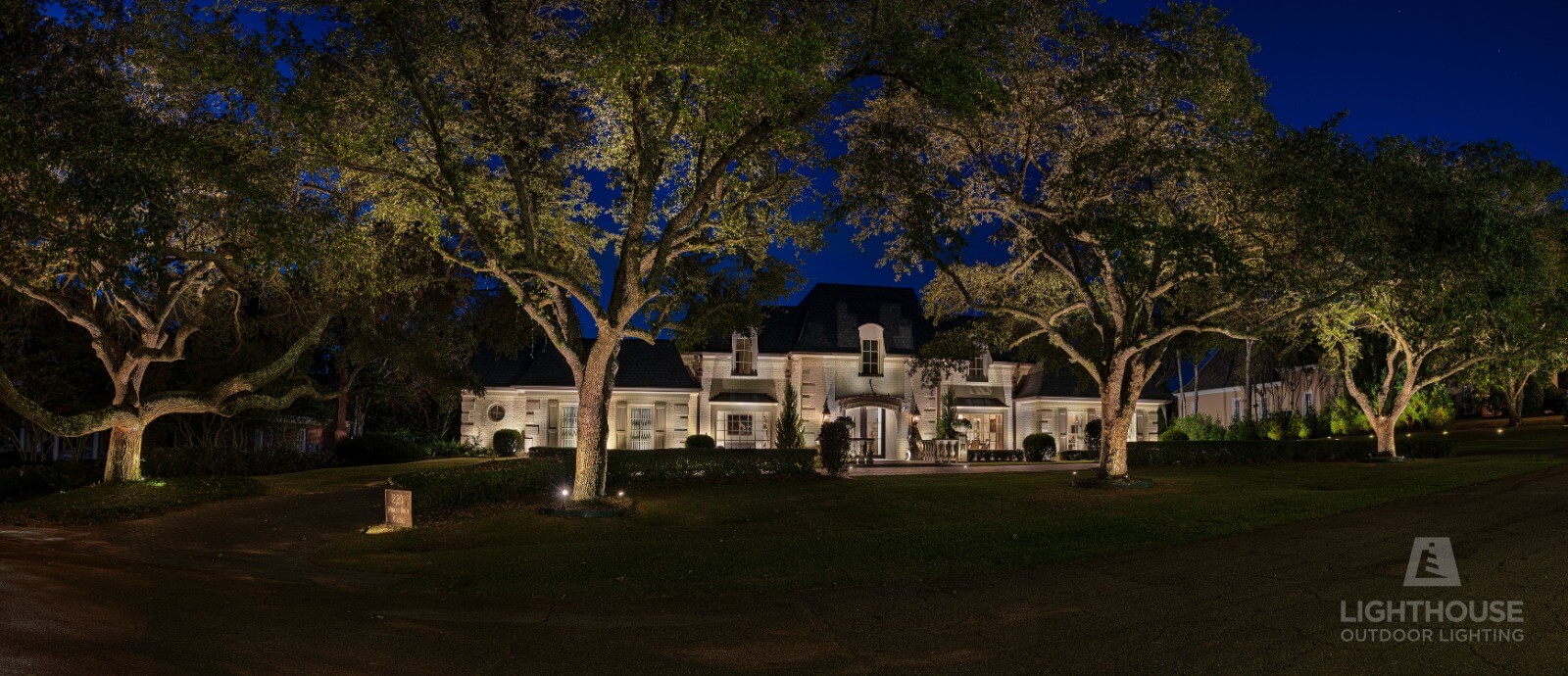Is it the Object or the Artist?
I can distinctly recall one of my father’s old pocket watches that he used to carry around in his pocket for many years. I remember how I would always admire its quality and uniqueness every time he would remove it from his pocket to monitor how his day was progressing. As I think about the beauty of that pocket watch, I consider how difficult and time consuming it must have been for the watch maker to envision, forge and fashion such a functional piece of art. When you consider what a pocket watch is, some may say it is nothing more than a collection of individual springs, cogs, gears, glass and metal. Apart by themselves, there is really nothing remarkable about them at all. However, in the hands of the right craftsman with the appropriate vision, these individual pieces can become part of something that is timeless and beautiful.
A painter who paints landscapes or portraits uses virtually all of the same equipment as any other painter. The brushes, paint and even the canvas that is painted on, varies little from painter to painter. So, this then begs the question; why are the paintings we typically regard as “works of art” from greats such as Van Gogh, Rembrandt and Monet considered remarkable and priceless in quality compared to works from current artists today? Don’t today’s artists have virtually all the same tools at their disposal as the old masters? Were the paint brushes and the paint of a higher quality back in Monet’s that they are the reason for the great works of art? I know these are ridiculous statements, but it reinforces the idea that the tools are all the same and it was rather the skillful hand and eye that directed the brush that created the breath-taking scenes that we all appreciate today? For the same reason, why are literary works from Robert Frost, Charles Dickens and Shakespeare considered to be masterpieces of literature when they all without exception used similar parchment and ink pens. The difference my friend, is that in the hands of the right visionary and artist, these common parts and tools become the instruments with which something truly magical can be created. As I’m sure you have inferred by now, great artistry comes from the talented and skilled individuals and has nothing to with the objects used in the creation themselves.
Joe landscaper or Lighting specialist?
When Lighthouse® finishes a project, our client’s will often comment about how much better (and different) the lighting on their home and surroundings looks compared to their neighbors down the street or even next door. In these situations, the neighbors have unwittingly trusted their landscape company or an electrician to install lighting for them, only to later discover that the end result appears less than professional and perhaps no better than what they could have accomplished on their own.
So, what happened? If it’s just a matter of ordering and installing some light fixtures, why do the two projects look so different from each other? It is because there is a fundamental difference between installing and designing. My 17-year-old daughter can be shown how to connect a light fixture and stick it in the ground and point it a tree or wall in only a matter of minutes, so does this qualify her to be a lighting designer? If I was to operate under the premise and standards of most landscape companies installing lighting and even a large majority of companies that claim to be “lighting specialists”, I could call her a designer (she would be thrilled). Pretty sad isn’t it? and what’s worse, homeowners who don’t do their research into who they are hiring, generally fall victim to these types of operators and wind up being less than thrilled at the end of the project. Just like painting, writing and watch making, there is an art to comprehensive and thoughtful lighting design. When you hire a lighting designer for your home and property, you should be viewing it as an art commission rather than as hiring a contractor to install lights. The ability to envision your project after dark and the many artistic possibilities that can be seen in dark hours of night is a skill that is earned and learned through years of experience and intensive study and training. It is also the skillset that is ingrained in all Lighthouse® designers.
Call your nearest Lighthouse® designer today and experience for yourself why we are the nation’s leader in outdoor lighting design.




